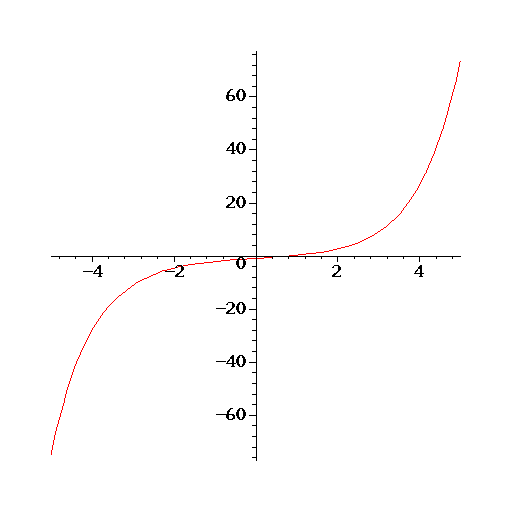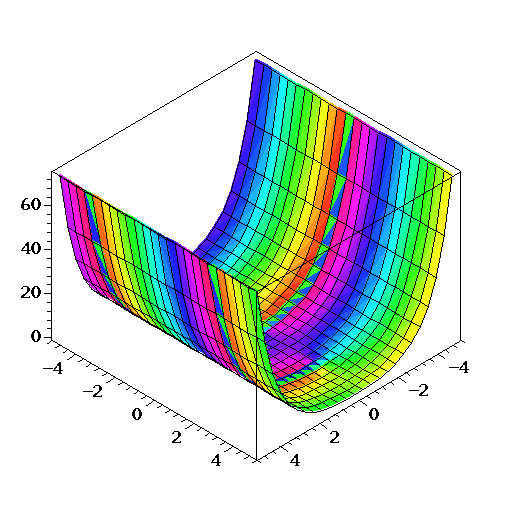HSN Hyperbolic Sine
HSN.1 Introduction |
top up back next into bottom |
Let
 be a complex variable of
be a complex variable of
 .The function Hyperbolic Sine (noted
.The function Hyperbolic Sine (noted
 ) is defined by the following second order differential equation
) is defined by the following second order differential equation
| HSN.1.1 |
The initial conditions of HSN.1.1 are given at
 by
by

|
HSN.1.2 |
Related function: Hyperbolic Cosine
HSN.2 Series and asymptotic expansions |
top up back next into bottom |
HSN.2.1 Taylor expansion at
|
top up back next into bottom |
HSN.2.1.2 General form |
top up back next into bottom |

|
HSN.2.1.2.1 |
 satisfy the recurrence
satisfy the recurrence
| HSN.2.1.2.2 |
| HSN.2.1.2.3 |
| HSN.2.1.2.4 |
HSN.2.2 Asymptotic expansion at
|
top up back next into bottom |
HSN.2.2.1 Exact form |
top up back next into bottom |

|










